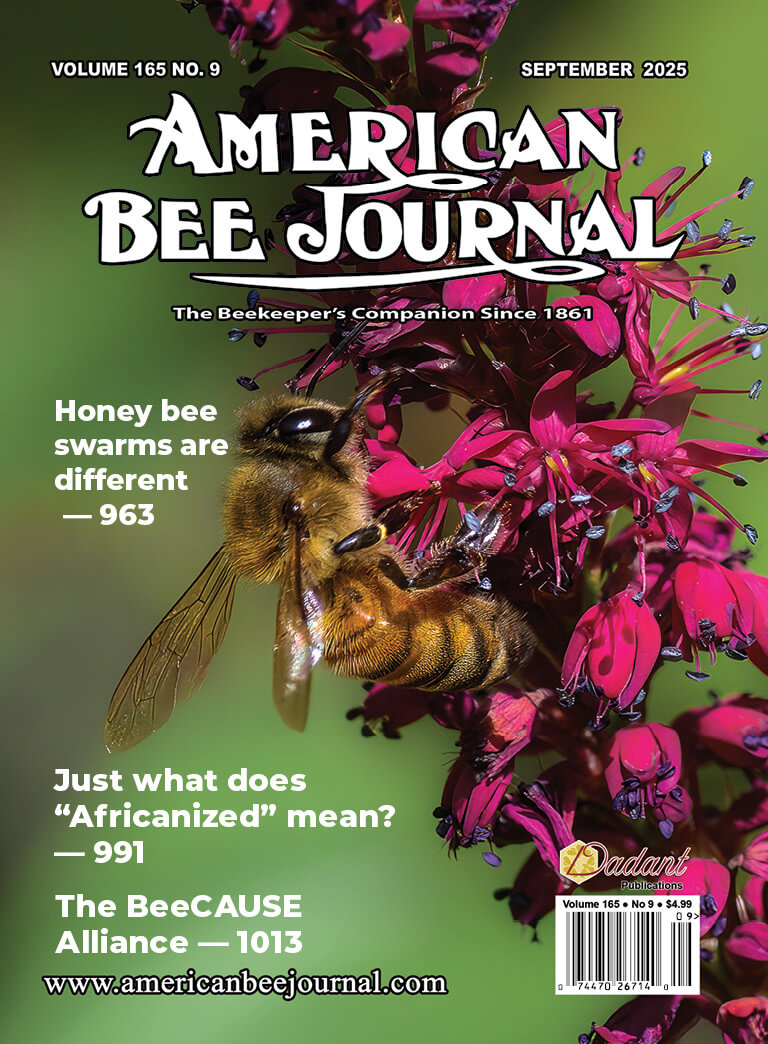The iridescent shimmer of butterfly wings, the metallic green of a sweat bee, the color shifting carapace of a beetle: who hasn’t stopped to admire these beautiful works of nature, wondering how they produce such a dazzling and shifting array of color? Long thought to help attract mates, it turns out that the iridescence may actually function as camouflage, helping these insects avoid predation.
Iridescence is a form of structural color which uses regular repeating nanostructures to reflect light at slightly different angles, causing a color-change effect. It is common in nature, from the dazzling blues of peacock’s feathers, to the gem-like appearance of insects.
Although using bright flashy colors as camouflage may seem counter intuitive, researchers at the Bristol Camo Lab found that intense iridescence obstructs the bumble bee’s ability to identify shape. The eyes of bumble bees have been extensively studied by scientists and are very similar to those of other insects.
They can be used as a visual model for predatory insects such as wasps and hornets. When presented with different types of artificial flower targets rewarded with sugar water, the bees learned to recognize which shapes contained the sweet reward. However, they found it much more difficult to discriminate between flower shape when the targets were iridescent.
This current study using bumble bees as a model for (predatory) insect vision and cognition is the first to show that iridescence indeed has the potential to deceive predators and make them overlook the prey, the same way disruptive camouflage would work to break up the otherwise recognizable outline of a prey.
The changing colors make the outline of the prey look completely different to the shape the predators are searching for. The researchers concluded that iridescence produces visual signals which can confuse potential predators, and this may explain its widespread occurrence in nature.
Lead author Dr. Karin Kjernsmo of the University of Bristol’s School of Biological Sciences, said: “It’s the first solid evidence we have that this type of coloration can be used in this way. Thus, if you are a visual predator searching for the specific shape of a beetle (or other prey animal), iridescence makes it difficult for predators to identify them as something edible. We are currently studying this effect using other visual predators, such as birds as well. This is because birds are likely to be the most important predators of iridescent insects.”
The first links between iridescence and camouflage were made over one hundred years ago by an American naturalist named Abbott Thayer, who is often referred to as “the father of camouflage.”
He published a famous book on different types of camouflage such as mimicry, shape disruption and dazzle, which is thought to have inspired the “Razzle Dazzle” painting of battleships during the first World War.
However, iridescence has been rather overlooked for the past century, as it is often assumed to be purely for attracting mates and displaying to other individuals. Dr. Kjernsmo added: “This study has wider implications for how we understand animal vision and camouflage – now when we see these shiny beetles we can know that their amazing colors have many more functions than previously thought.”
Read the open access paper: ‘Iridescence impairs object recognition in bumblebees’ by K. Kjernsmo, J. Hall, C. Doyle, N. Khuzayim, I. Cuthill, N. Scott-Samuel and H. Whitney in Scientific Reports.


